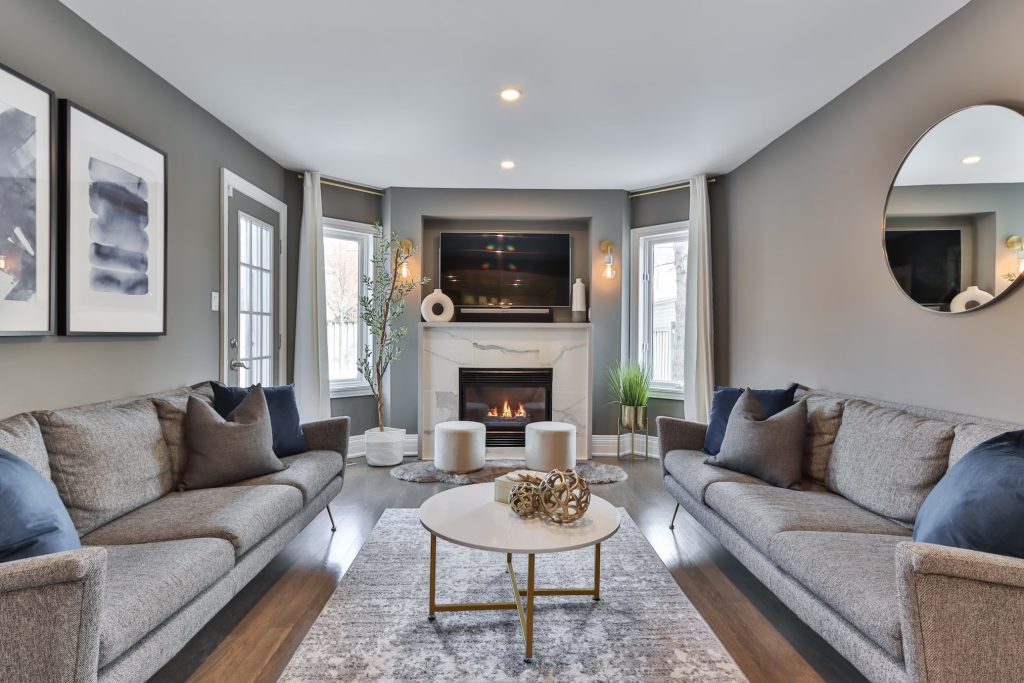Creating a harmonious color for Living Room Palette is essential for establishing a cozy and welcoming atmosphere. Start by selecting a primary color that reflects your style and sets the tone for the space.
Consider the Mood
Consider the ambiance you desire to establish within your living space. Soft pastels like pale blue or lavender can create a tranquil and relaxing ambiance, while warm tones like terracotta or mustard yellow can add a sense of warmth and comfort.
Balance Boldness
Incorporating bold colors into your palette can add excitement and personality to your living room. However, it’s important to balance these bold hues with softer, neutral tones to prevent the space from feeling overwhelming.
palaceofprofit | saveBaskets | RollersGambling | GrocerBounty | luminbiz | BudgetsBytes | businesstopplan
Embrace Neutrals
Neutrals such as beige, gray, and white are versatile foundation colors that can help tie your palette together. They provide a sense of balance and allow other colors to stand out without clashing.
Play with Texture
Introducing different textures into your living room can add depth and visual interest to your color palette. Mix smooth surfaces with rough textures like woven fabrics or natural wood to create a dynamic and inviting space.
Consider the Lighting
Take into account the natural and artificial lighting in your living room when choosing your color palette. Lighter colors can help brighten a dark room, while darker shades can create a cozy atmosphere in a well-lit space.
Create Flow
Ensure a cohesive look throughout your home by considering how your living room palette interacts with adjacent rooms. Choose colors that complement each other to create a sense of flow and harmony from one space to the next.
Personalize with Accents
Incorporate accent colors into your palette to add personality and flair to your living room. Whether it’s through throw pillows, artwork, or decorative accessories, accents allow you to infuse your space with pops of color that reflect your style.
Test Before Committing
Before painting your walls or investing in large furniture pieces, test your chosen colors in the space. Paint swatches on the walls or try out different fabric samples to ensure that they work well together and achieve the desired look.
Seek Inspiration
Draw inspiration from various sources such as interior design magazines, Pinterest, or nature itself. Pay attention to color combinations that catch your eye, and consider how you can incorporate them into your living room palette.
Final Touches
Once you’ve established your color palette, add the finishing touches to complete the look. Arrange furniture thoughtfully, incorporate soft furnishings like rugs and curtains, and accessorize with decorative elements to bring your living room to life.
Conclusion
Crafting a living room palette that feels like home is all about finding the right balance of colors, textures, and personal touches. By considering factors such as mood, lighting, and flow, you can create a space that reflects your unique style and provides a warm and inviting atmosphere for you and your guests to enjoy.


